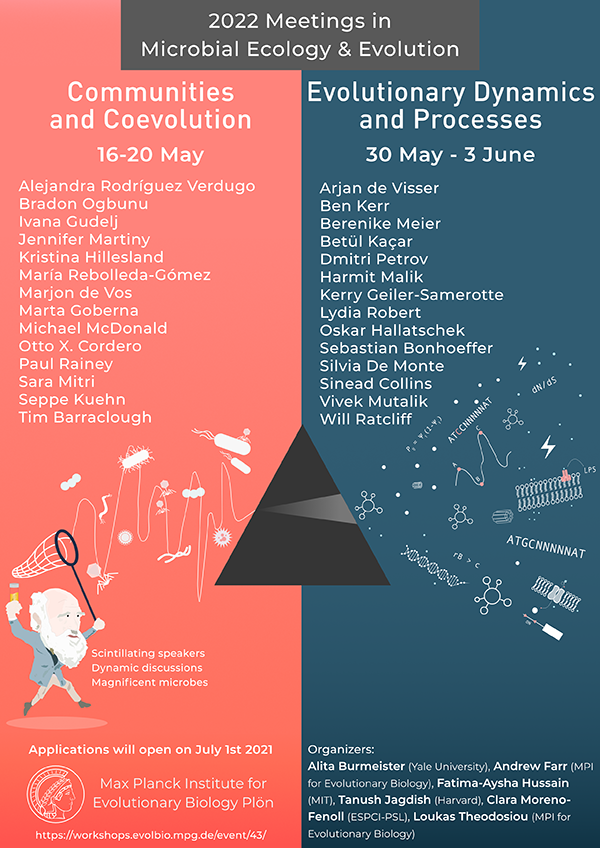Speaker
Description
Ecological theory suggests spatial synchrony in population fluctuation can be generated via three mechanisms: (1) dispersal between populations; (2) environmental forcing, known as the Moran effect; and (3) biotic interactions with synchronized or mobile species. Although both experimental and theoretical works have been conducted to examine the relative importance of these mechanisms, evidence from natural species-rich ecosystems is lacking due to the challenges of detecting complex causal species interaction and the lack of rigorously replicated natural time series data. Here, by using five replicated 122-day-long dataset of daily sampling of rice paddy microbiome and tools for causal nonlinear time series analysis (Empirical Dynamic Modeling), we show that species spatial population synchrony can be well explained by the combination of climate sensitivity, interaction heterogeneity, and interaction strength. Specifically, we find causal strengths of climate variables on population abundance, rather than linear correlation, predict spatial population synchrony. We find a negative effect of spatial interaction heterogeneity on species’ spatial synchrony levels. We find that interaction strengths positively predicted spatial synchrony only when species had more spatially consistent partners. These results shed new light on the importance of understanding species interactions to predict individual population dynamics when species are embedded in a complex web of interactions.

